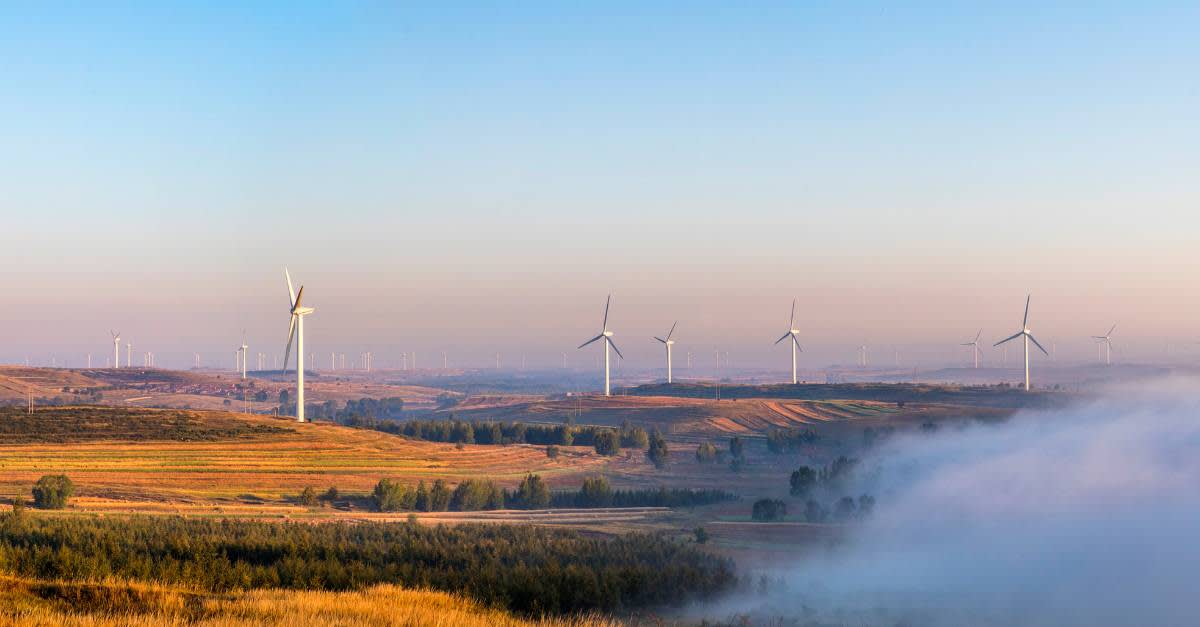Electric Insights Q4 2023 – what’s been happening with electricity generation in Britain?
What were the top developments in electricity generation in Britain in the final quarter of 2023?
- 2023 was the cleanest ever year for electricity generation
- Power prices and gas generation fell
- Wind generation broke records
- Biomass energy with carbon capture and storages (BECCS) got the go ahead at Drax Power Station
- The frequency of negative power prices tripled from the year before
Explore the stories behind the headlines in the latest Electric Insights report.
A team of independent academic experts from Imperial College London publishes Electric Insights, quarterly. Every three months it provides an objective overview of what’s been happening with electricity generation in Britain.
Download your free copy of the entire Electric Insights report for Q4 2023 at the end of this article.

Here’s an overview of what the latest Electric Insights report explores:
2023 was the cleanest ever year for electricity generation
Emissions from the power sector in Britain fell by more than one fifth (22%) year on year, representing the largest reduction in seven years. A similarly large drop in the amount of fossil fuel generation, at only 33% of electricity production for the year, drove this fall.
Gas generation also reduced by one fifth, largely because the UK exported less electricity. Coal was responsible for only 1% of electricity production, and the final coal-fired power station will close in 2024. This will mark the end of an era in electricity generation in Britain.
Power prices fall
Electricity prices have fallen by 80% since their peak in August 2022, dropping to £66/MWh for December 2023. However, so far these reductions have been slow to reach customers. The current Ofgem price cap makes the average household bill for gas and electricity £160 a month. This is just 23% down on prices at the height of the cost of living crisis. Independent experts Cornwall Insight predict that the average household bill will fall soon, though – to £125 a month by summer 2024.
Carbon capture and storage gets planning go ahead
Drax Power Station has received planning consent to install carbon capture and storage equipment at two of its biomass power generation units. This would make Drax the world’s first large-scale power station capable of removing CO2 from the atmosphere – using biomass energy with carbon capture and storage (BECCS).
This new technology has the potential to generate power while effectively creating ‘net negative’ greenhouse gas (GHG) emissions. Although both carbon capture and storage and biomass energy generation are both mature technologies, bringing them together at scale in this way would be a world first. The result that could help bring us closer to net zero.
A record year for negative electricity prices
Excess wind generation was one of the factors behind a record-breaking 428 periods of negative electricity prices in 2023. On average, prices went negative for about half an hour a day over the year as a whole.
This is a problem because unlike with other commodities, electricity supply and demand have to match at all times in order to keep the system stable. So at times of particularly high power generation, the Grid needs to store the excess, export it – or shut the system down.
In 2023, this led to wind farms receiving £300 million not to generate electricity. But how will the UK remedy the situation? One solution would be for generators to realise they can make a better return by storing electricity when the Grid doesn’t immediately need it. Another would involve the installation of further interconnections to export additional excess renewable electricity. And another would involve persuading customers to change the times at which they use electricity through demand-side flexibility.
Longest submarine power cable now connects Denmark and UK
The Viking Link now connects Lincolnshire with Jutland in Denmark. It’s currently capable of transporting 0.8MW of electricity 760km across the North Sea, but planned upgrades will almost double that to 1.4MW. This submarine cable makes it easier to import cheap power from abroad, providing the potential to save UK customers £50m a year. It can also provide further opportunities for Britain to export more power at times when supply exceeds demand.
Get the bigger picture
To explore these topics in detail, plus get the quarterly capacity and production statistics, download the full report below.


